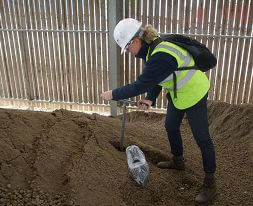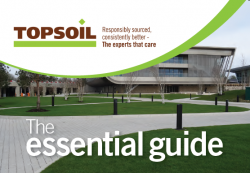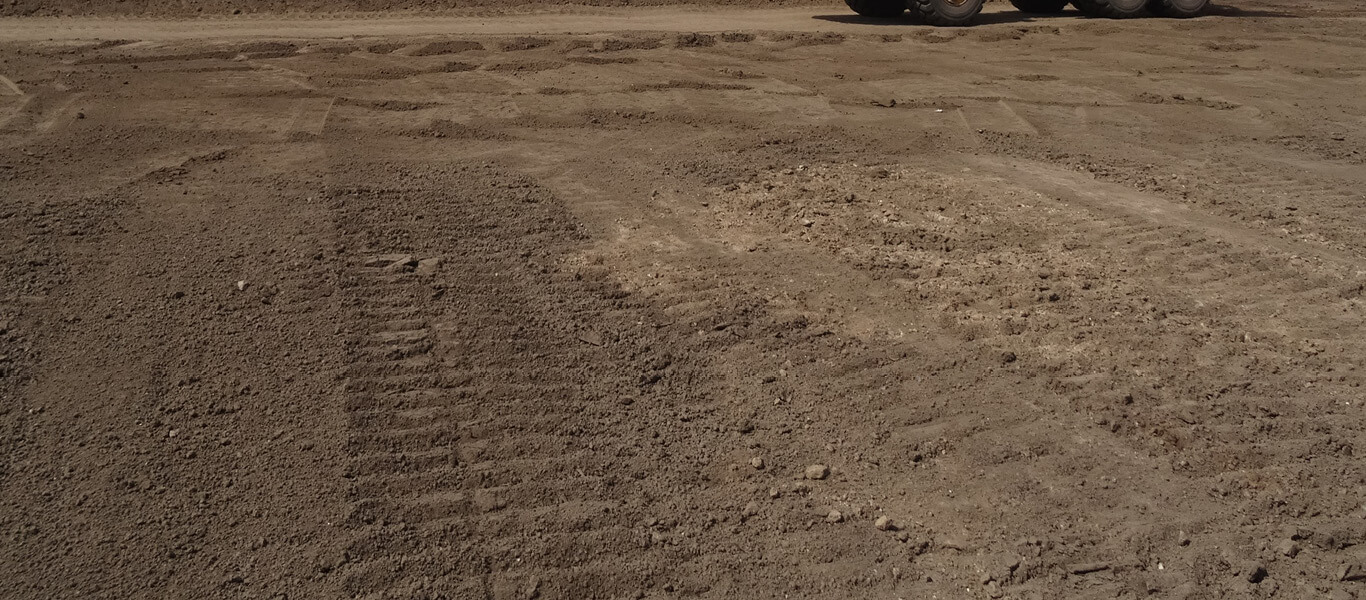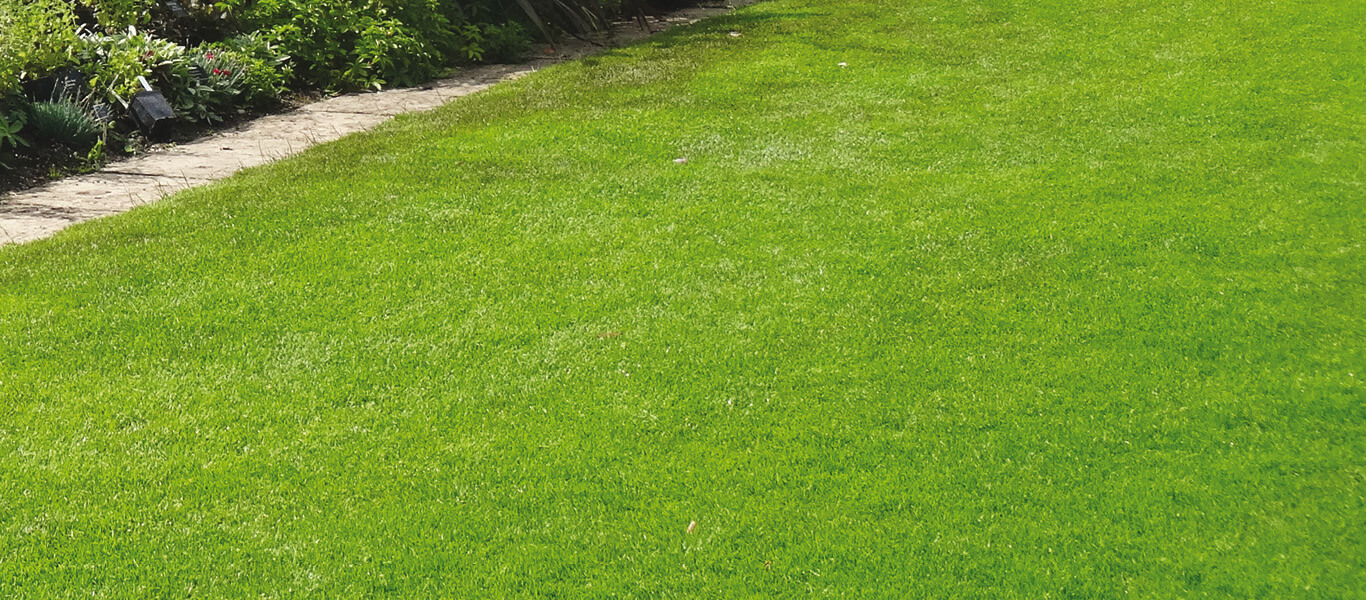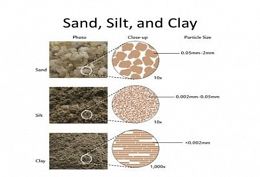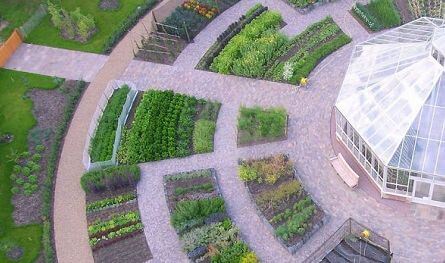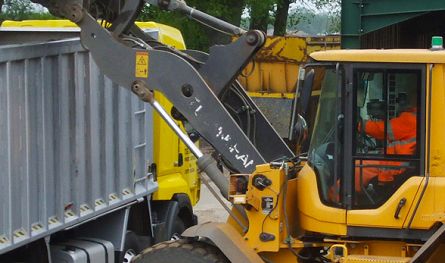Topsoil Terminology
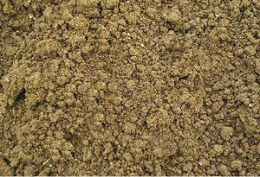
Soil structure is the aggregation of soil particles (sand, silt, clay and organic matter) into granules, crumbs or blocks. It is the shape that the soil takes based on its physical, chemical and biological properties; it is very important since (along with texture) it affects drainage and aeration capacity of the soil.
Without structure a soil collapses and compacts, resulting in a number of problems for landscaping and civil projects. It can be considered as the “framework” of a Soil Profile.
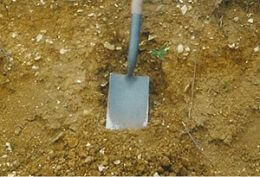
Soils develop over long periods of time and generally become deeper and develop distinct layers or horizons.
A soil profile is made up of three layers:
|
Topsoil |
Subsoil |
Parent Material |
|
This thin layer (usually less than 30cm) is normally the most fertile because of the organic matter that has accumulated from plant and biological activity. In this layer, the majority of a plant’s feeder roots are present which take up nutrients. |
Usually lighter in colour as it does not contain as much organic matter as topsoil. This layer can be composed of varying proportions of clay, sand, silt and stones. |
This is the original material from which the soil is developed. This layer has deposits of sand, gravel, pebbles, boulders and rock in various mixtures. |
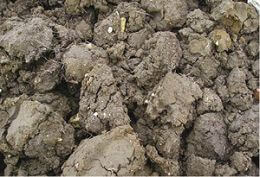
Virtually all soils need an open structure through the soil profile in order to function effectively as a growing medium. In particular, soil structure influences the main soil and
plant root functions, aeration, drainage and
root development.
Without structure, soils will suffer from anaerobism, waterlogging and nutrient lock-up and, ultimately, plants will die!
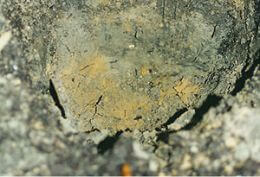
Compaction destroys soil structure because it increases the density of the soil by packing the particles closer together; this causes a layer within the soil profile that is impregnable to plant roots, water and air. It can occur in the topsoil and the subsoil layers.
Topsoil is easier to restore than subsoil but the latter cannot be ignored as rooting alone will not break up or restructure a compacted subsoil.
|
Main causes of compaction |
Danger signs of compaction |
How you can detect compaction |
|
Anaerobism and waterlogging are the biggest soil-related causes of plant failures in landscaping projects but both can be avoided with the right ground preparation. |
|
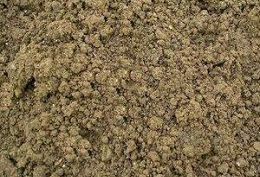
Click on the link below to find out what toxic elements you need to look out for.
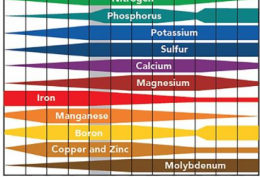
Click on the link below to find out about the nutrients in soil and the pH of a soil.


